Starstruck image of Arp 263

esahubble_potw2329a July 17th, 2023
Credit: ESA/Hubble & NASA, J. Dalcanton, A. Filippenko
The irregular galaxy Arp 263 lurks in the background of this image from the NASA/ESA Hubble Space Telescope, but the view is dominated by a stellar photobomber; the bright star BD+17 2217. Arp 263 — also known as NGC 3239 — is a patchy, irregular galaxy studded with regions of recent star formation, and astronomers believe that its ragged appearance is due to its having formed from the merger of two galaxies. It lies around 25 million light-years away in the constellation Leo. Two different Hubble investigations into Arp 263, using two of Hubble’s third-generation instruments, contributed data to this image. The first investigation was part of an effort to observe the sites of recent supernovae, such as the supernova SN 2012A that was detected just over a decade ago in Arp 263. Astronomers used Hubble’s powerful Wide Field Camera 3 to search for lingering remnants of the colossal stellar explosion. The second investigation is part of a campaign using Hubble’s Advanced Camera for Surveys to image all the previously unobserved peculiar galaxies in the Arp catalogue, including Arp 263, in order to find promising subjects for further study using the NASA/ESA/CSA James Webb Space Telescope. The interloping foreground star, BD+17 2217, is adorned with two sets of criss-crossing diffraction spikes. The interaction of light with Hubble’s internal structure means that concentrated bright objects such as stars are surrounded by four prominent spikes. Since this image of BD+17 2217 was created using two sets of Hubble data, the spikes from both images surround this stellar photobomber. The spikes are at different angles because Hubble was at different orientations when it collected the two datasets. [Image Description: An irregular galaxy that appears like a triangle-shaped patch of tiny stars. It is densest in the centre and along one edge, growing faint out to the opposite corner. Several bright pink patches mark areas of star formation, and the galaxy’s brightest stars are around these. A large, bright star, with two sets of long spikes, stands between the viewer and the galaxy.] Links Pan: Starstruck image of Arp 263
Provider: Hubble Space Telescope | ESA
Image Source: https://esahubble.org/images/potw2329a/
Curator: ESA/Hubble, Baltimore, MD, United States
Image Use Policy: Creative Commons Attribution 4.0 International License
 Color Mapping
Color Mapping
| Telescope | Spectral Band | Wavelength | |
|---|---|---|---|

|
Hubble (ACS) | Optical (V) | 606.0 nm |

|
Hubble (WFC3) | Optical (V) | 606.0 nm |

|
Hubble (WFC3) | Optical (V) | 606.0 nm |

|
Hubble (ACS) | Optical (V) | 606.0 nm |

|
Hubble (WFC3) | Optical (I) | 606.0 nm |

|
Hubble (WFC3) | Optical (I) | 606.0 nm |

|
None (None) | Optical (None) | 814.0 nm |

|
None (None) | Optical (None) | 814.0 nm |










- ID
- potw2329a
- Subject Category
- Subject Name
- Arp 263
- Credits
- ESA/Hubble & NASA, J. Dalcanton, A. Filippenko
- Release Date
- 2023-07-17T06:00:00
- Lightyears
- Redshift
- Reference Url
- https://esahubble.org/images/potw2329a/
- Type
- Observation
- Image Quality
- Distance Notes
- Facility
- Hubble Space Telescope, Hubble Space Telescope, Hubble Space Telescope, Hubble Space Telescope, Hubble Space Telescope, Hubble Space Telescope, None, None
- Instrument
- ACS, WFC3, WFC3, ACS, WFC3, WFC3, None, None
- Color Assignment
- Blue, Blue, Green, Green, Red, Red, Green, Red
- Band
- Optical, Optical, Optical, Optical, Optical, Optical, Optical, Optical
- Bandpass
- V, V, V, V, I, I, None, None
- Central Wavelength
- 606, 606, 606, 606, 606, 606, 814, 814
- Start Time
- Integration Time
- Dataset ID
- None, None, None, None, None, None, None, None
- Notes
- Coordinate Frame
- ICRS
- Equinox
- J2000
- Reference Value
- 156.27750491526058, 17.15407602221154
- Reference Dimension
- 4097.0, 4075.0
- Reference Pixel
- 2048.5, 2037.5
- Scale
- -1.1012980833971164e-05, 1.1012980833971164e-05
- Rotation
- -9.2799999999999621
- Coordinate System Projection:
- TAN
- Quality
- Full
- FITS Header
- Notes
- Creator (Curator)
- ESA/Hubble
- URL
- https://esahubble.org
- Name
- Telephone
- Address
- ESA Office, Space Telescope Science Institute, 3700 San Martin Dr
- City
- Baltimore
- State/Province
- MD
- Postal Code
- 21218
- Country
- United States
- Rights
- Creative Commons Attribution 4.0 International License
- Publisher
- ESA/Hubble
- Publisher ID
- esahubble
- Resource ID
- potw2329a
- Resource URL
- http://esahubble.org/media/archives/images/original/potw2329a.tif
- Related Resources
- Metadata Date
- 2023-07-09T00:13:50+02:00
- Metadata Version
- 1.1
Detailed color mapping information coming soon...






